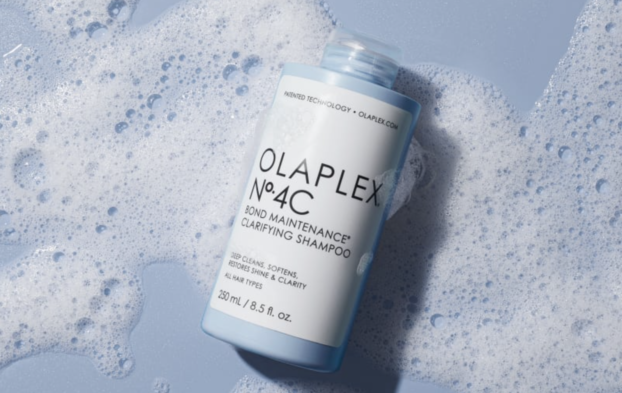
The plaintiffs in the Olaplex hair loss lawsuit claim that using Olaplex products caused them to lose patches of hair, “in some cases…leaving bald spots”
Olaplex – the professional haircare brand that has gathered a cult following for its bond-building hair range – is being sued by a group of women in the US over claims its products cause hair loss, flaking, inflamed skin, and blisters on the scalp.
According to the legal documents, filed at the US District Court for the Central District of California, 28 women are collectively seeking $75,000 (£62,200) in damages. Alongside the allegations, one of the legal firms involved in the Olaplex hair loss lawsuit has released photos of plaintiffs showing bald spots that they claim were caused by Olaplex.
Olaplex has strongly denied the accusations. On Instagram, the brand wrote: “We want to reassure our community of professional stylists, customers, and fans that they can continue to use our products with confidence…We are prepared to vigorously defend our Company, our brand, and our products against these baseless accusations.”
To demonstrate just how strongly it feels, Olaplex has also publicly released test results from independent third-party laboratories. This is rare in such cases and is a company choice, rather than an industry demand. It should be added that these tests were conducted in 2020, prior to the lawsuit and were not commissioned as a response to it.
FURTHER READING: The truth about Olaplex ‘being banned’ in the UK over claims it causes infertility
 Olaplex
Olaplex As you can read in our Olaplex guide, the Californian brand has become a household name since launching in 2014 thanks to its proven patent technology designed to repair damaged hair, especially chemically treated or coloured locks.
All of Olaplex’s products contain an ingredient called bis-aminopropyl diglycol dimaleate. This is a patented ingredient in which the two ends of bis-aminopropyl diglycol dimaleate form bonds with the sulfurs in the hair, creating an “artificial disulfide bridge”. This is also known as bond-building and within the Olaplex range are shampoos, conditioners, serums, oils, treatments and the newly launched Olaplex dry shampoo.
The plaintiffs in the Olaplex lawsuit claim that using Olaplex products caused them to lose their hair, “in some cases…leaving bald spots”.
View this post on Instagram
They also claim the products left their hair “dry, brittle, frizzy and dull” as well as “split and broken, causing it to look unkept and as if it were cut with a weedwhacker.”
Elsewhere, the lawsuit adds that Olaplex’s use of ingredients including lilial and panthenol are to blame for “inflamed, blistered, flaking or scaling skin”.
Lilial used to feature in the formula for Olaplex’s No.3 treatment before it was banned in the EU as of 1 March 2022. It was banned at the time over claims that it “interferes with reproduction processes” i.e it was linked with infertility. We explain more about this in detail in our Olaplex ban section beneath.
Olaplex said at the time that it had removed the ingredient from its products globally, “out of an abundance of caution”. It also added that lilial was previously only used in small amounts as a fragrance in No. 3 Hair Perfector and since January 2022, Olaplex no longer sells products using lilial.
You can read more about this in our guide: The truth about Olaplex ‘being banned’ in the UK over claims it causes infertility

Victoria is founder and editor-in-chief of mamabella, freelance journalist and Mum. She has a passion for empowering people to feel beautiful whatever their age, size, skin type and budget
